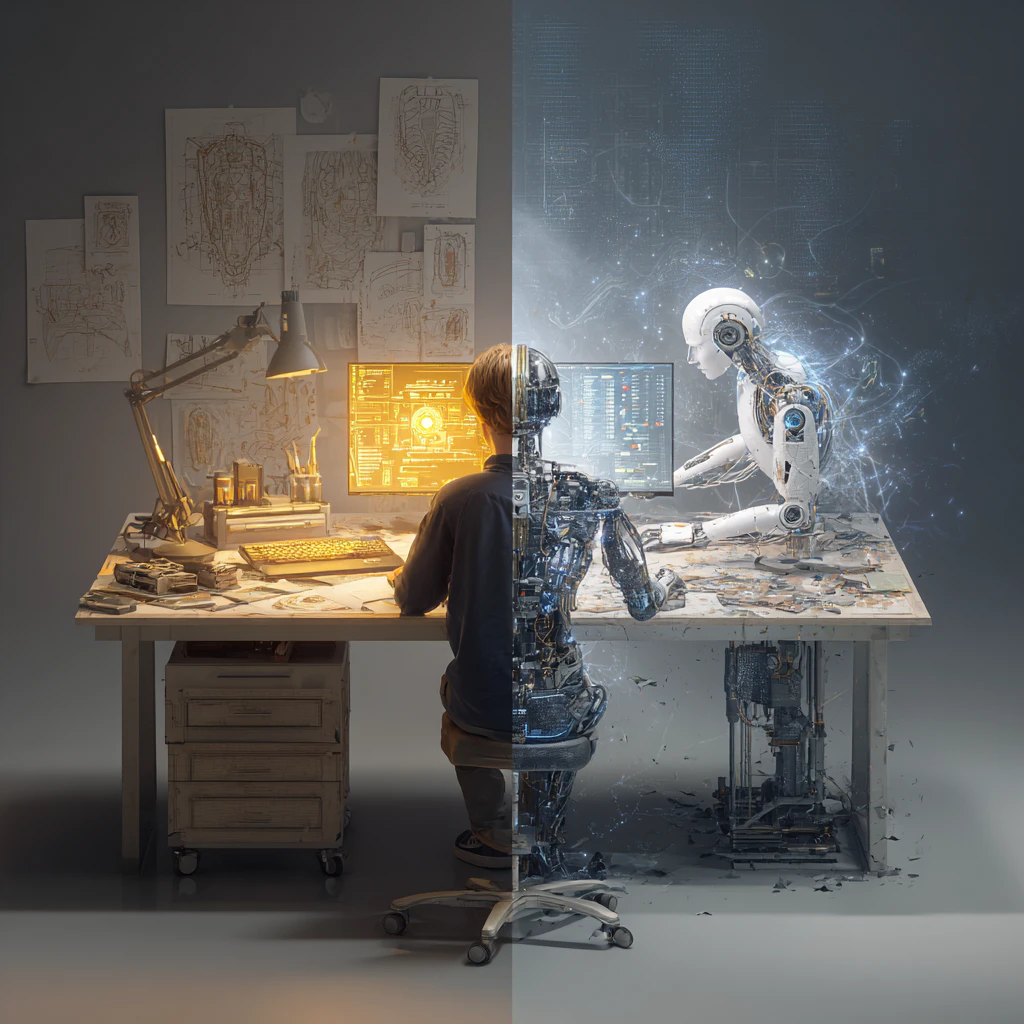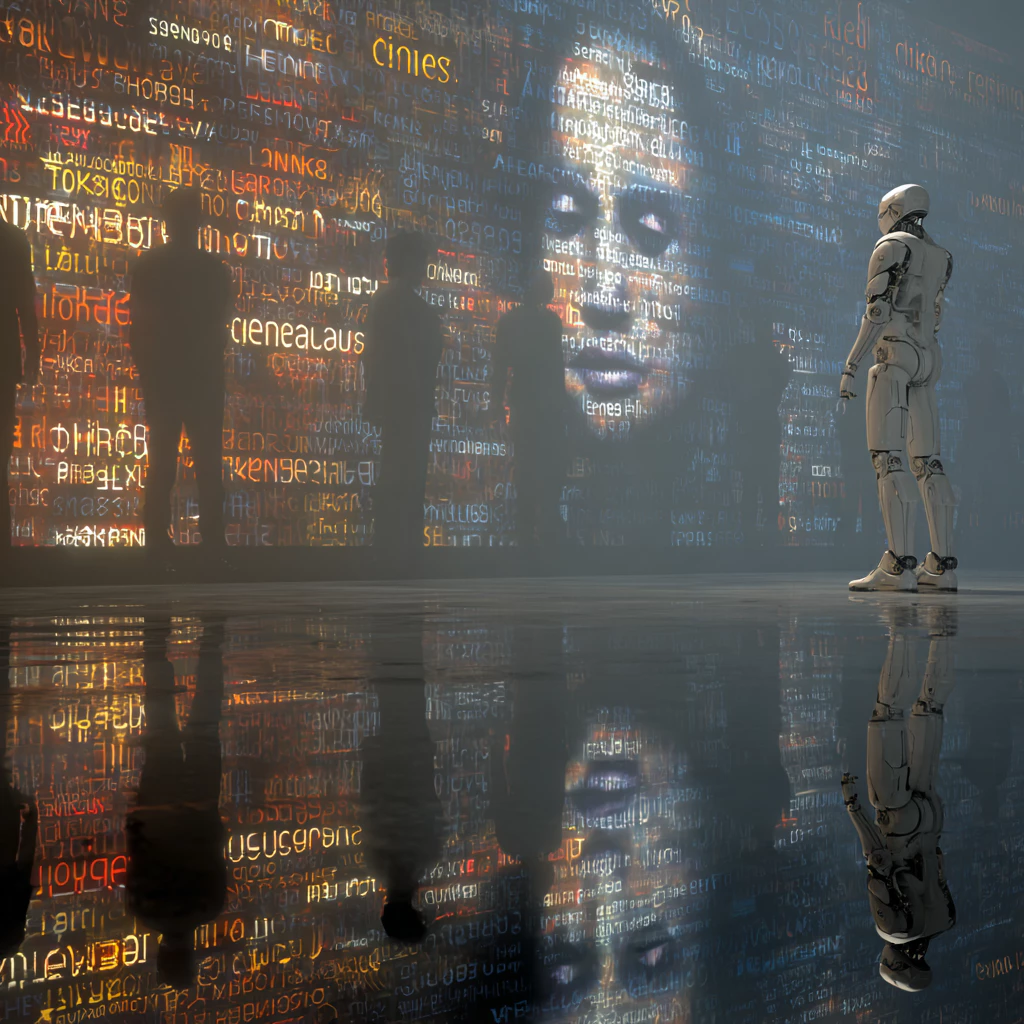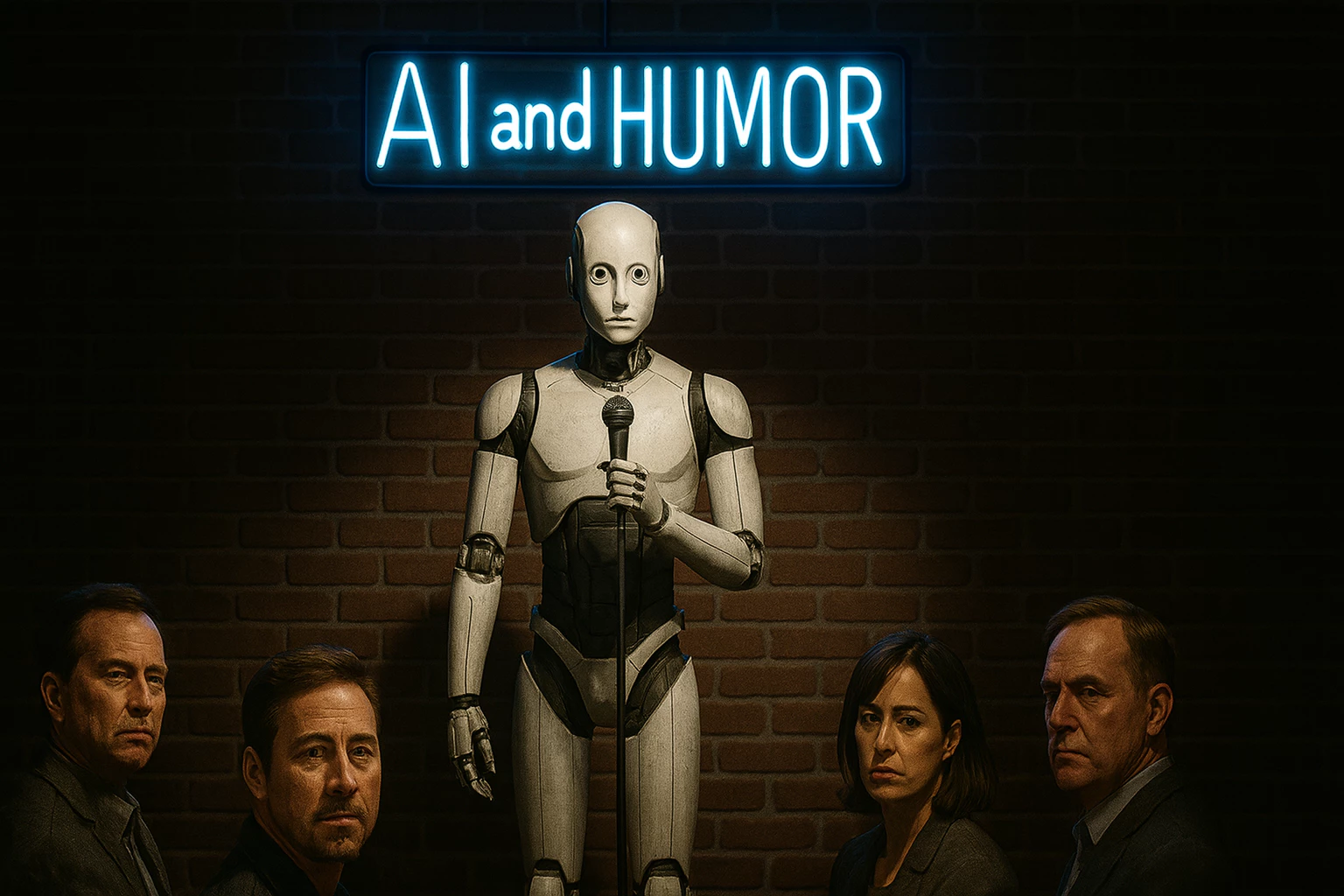
The use of ChatGPT in writing is the focal point of the 21st episode of the podcast in French, (« Être rédacteur en free-lance à l’ère de ChatGPT » - not available in English), where independent copywriter Josselin Henno revisits his experience with the tool and shares valuable tips and best practices. While ChatGPT presents attractive prospects, it remains an auxiliary tool. Its exclusive and indiscriminate use can be risky for a professional writer.
The Risks of Relying on ChatGPT-Generated Content
Despite their seeming sophistication, texts produced by ChatGPT often lack depth. Their tendency towards redundancy and superficiality frequently reveals a lack of conviction. Such content, often generic, may lack the nuance and depth required to effectively address complex or specialized topics. Although ChatGPT can provide a general outline or framework, capturing the specific essence and subtleties that give a text its unique value and resonance with the intended audience can be challenging.
Consequently, the produced content is often burdened by repetitions or unnecessarily complex sentence structures, thereby diluting the impact and clarity of the message. Due to its algorithmic nature, ChatGPT also tends to produce texts with a uniform tone, lacking the personal touch that establishes an emotional connection with the reader, which is supposed to characterize the brand or individual speaking.
Furthermore, in a context where search engines like Google continue to refine their algorithms to favor original and quality content, an over-reliance on AI-generated texts could be counterproductive. The backlash has already begun, with the search engine penalizing content perceived as automatically generated, favoring instead those that provide real added value to users ("Google Search Cracking Down on Mass-Produced AI-Generated Slime").


Identifying Content Written by ChatGPT
In the eighth episode of the podcast ("La propriété intellectuelle à l'ère de l'IA générative" - not available in English), Betty Jeulin discussed the notion that the era of the solitary creator crafting something from nothing might soon become an exception. Her perspective is straightforward: we are moving towards a two-tiered creation system, with the luxury of human creativity on one side and mass production by artificial intelligence on the other. While customer experience is crucial for businesses, it should not be compromised by flavorless content that is noticeably generated by ChatGPT. Such texts are relatively easy to spot by looking for tell-tale signs such as:
- An unusually formal tone in texts meant to be conversational or informal.
- Overly complex sentence structures and unusual or incorrect word choices.
- Texts that are unnecessarily lengthy and verbose.
- The absence of credible sources.
- Repetition of words or phrases and redundant sentences.
- A lack of personal touch and vague statements that do not provide information.
- The use of words like journey, embarkation, and kingdom.
- The overuse of adjectives such as exciting, interesting, crucial.
- Conclusions that start with "In conclusion," "All in all," merely echoing the structure of the article.
- Introductions beginning with "In a world," "In an ecosystem," etc.
- The feeling of robotic writing disconnected from the stakes of the article (a personal and difficult-to-quantify sentiment).
To address this challenge, various tools have been developed to differentiate human-written texts from those produced by machines. One such tool is Originality, developed by a Canadian startup, whose marketing director was a guest on the third English episode ("Unmasking AI: Navigating the New Frontier of Content Marketing"). While these tools are essential for publishers, journalists, and platforms that specialize in content creation, it's important to acknowledge that not all companies will prioritize them, as the value associated with high-quality content is not easily quantifiable.
Therefore, the issue boils down to positioning (high-quality content supports and solidifies a brand's positioning), respect for readers (especially for products and services in the B2B sector that are particularly expensive), brand image (clients, users, or HR services), and overall consistency. A company that opts for quick and dirty solutions will likely undervalue the use of ChatGPT in its content creation process.
ChatGPT and Freelance Copywriting: An Impossible Union?
So, should freelance writers give up on ChatGPT? Absolutely not! When used correctly, ChatGPT proves to be a significant asset for a freelance copywriter. The key challenge here is that one does not become a writer by merely asking ChatGPT to produce content. A writer must be curious, and understand the nuances of the language—including translation or localization if necessary. They need to master the subject matter in detail, grasp the client's issues, their personas, the messages to be conveyed, and the value that can be crafted from their words.
ChatGPT, on the other hand, has a role to play in the writer's workflow. It's a luxury assistant. An indispensable resource for generating ideas, designing titles, serving as a brainstorming partner, unlocking the writer's creativity, finding a new perspective on a topic that has been covered many times, or simply not starting from a blank page. It's the ideal sidekick to the superhero everyone is after. The writer is Batman, and ChatGPT is their Robin. Examples include:
During the ideation phase:
- Exploring new topics: when a writer wants to broaden their horizons or explore a new field, ChatGPT can provide an initial overview of key themes, common questions, and various perspectives related to that topic.
- Developing sub-themes: for an article or a project requiring comprehensive coverage, ChatGPT can help identify and develop relevant sub-themes, ensuring a thorough analysis.
During the drafting phase:
- Saving time on drafts and text structures, ChatGPT provides a starting point that only needs to be improved. The writer can then refine and personalize these drafts, adding their personal touch, knowledge, and deepening key points with their expertise. This approach saves time and ensures structural consistency throughout the text.
- Solving creative blockages: asking questions to ChatGPT or exploring AI-generated responses can stimulate new ideas and restart the creative process.
- Exploring stylistic variations: for a project requiring different tones or styles (formal, informal, technical, etc.), ChatGPT can suggest textual variations, thus providing an adaptable working base.
During the proofreading and translation phase:
- Enhancing productivity with translation and proofreading: ChatGPT is a valuable tool for translating content from one language to another, providing a solid base that the writer can then refine and adapt to the specific cultural context. Similarly, for proofreading, ChatGPT can identify typos, grammatical errors, or awkward phrasing, which the writer can correct to improve the text's flow and clarity. However, I recommend an additional check with a "real" spelling checker like Antidote, whose Director of Linguistic Development was, incidentally, a guest in episode 12 of the podcast in French (« Linguistique et langue française à l'ère de l'IA » - not available in English).
- Enriching one's vocabulary: when it comes to avoiding repetitions or enriching the vocabulary used, ChatGPT can suggest synonyms and varied sentence structures.
- Finding examples and analogies: to illustrate complex or abstract concepts, ChatGPT can generate concrete examples, comparisons, or analogies, making the content more accessible and engaging for the reader.
During the optimization phase:
- Suggesting keywords: ChatGPT can help identify relevant keywords for a given topic, thus facilitating content optimization for search engines.
- Structuring content for SEO: AI can propose optimized article structures, incorporating H1, H2 tags, bullet lists, etc., in accordance with SEO best practices. Always useful for improving the article's discoverability and optimizing how it can be structured.
ChatGPT and freelance copywriting can coexist harmoniously, but it's all about finding the right balance. We should neither succumb to misplaced alarmism nor be naive about the surge of AI, especially in the creative field. While the complementarity between human and artificial intelligence can lead to remarkable outcomes, copywriters working on low-value content and generic topics will likely be the first to fall in the battleground of professions replaced by technology. Specialization - or even hyper-specialization - in a particular industry or technical subject is the best strategy to adopt. Establishing and growing in a niche is the best way to secure a writing job while continuing to learn and adapt. For how long? Only the future will tell!




















